In the ever-evolving landscape of operating systems, Microsoft’s Windows 11 has not generated significant buzz since its release. With promises of enhanced features, sleek design, and improved performance, not many users are tempted to upgrade from their current Windows versions.
However, before jumping on the Windows 11 bandwagon, it’s essential to consider the potential drawbacks and whether the upgrade is truly worth it. In this article, we’ll delve into five reasons why you should think twice before making the switch.
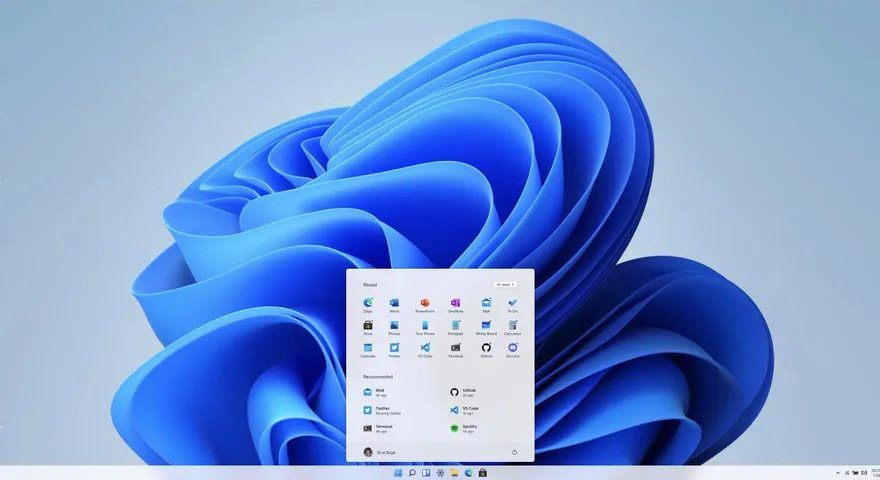
Table of Contents
- 1. Hardware Compatibility Concerns of Windows 11
- 2. Software Compatibility Issues
- 3. Windows 11 Privacy and Data Collection
- 4. The User Interface Changes and Learning Curve
- 5. Potential Bugs and Stability Issues
- The coming e-waste disaster looming because of Windows 11
- What can you do with older hardware not supported by windows 11?
- In conclusion
1. Hardware Compatibility Concerns of Windows 11
Firstly, one of the most significant factors to consider before upgrading to Windows 11 is hardware compatibility. Unlike previous Windows updates, Windows 11 comes with stringent system requirements, particularly regarding the processor, TPM (Trusted Platform Module) version, and Secure Boot capability. Older hardware configurations may not meet these requirements, leaving users with no option but to stick with their current OS or invest in new hardware, which can be a costly affair.
Moreover, even if your hardware meets the minimum requirements, there’s no guarantee that all features will function optimally. Users might encounter performance issues or hardware malfunctions due to incompatible drivers or firmware. Therefore, before upgrading, it’s crucial to thoroughly assess whether your system can handle the demands of Windows 11 without compromising functionality or stability.
Processor Requirements:
Windows 11 introduces stricter processor requirements compared to its predecessors. To be eligible for the upgrade, your system must have a compatible 64-bit processor with at least two cores and a clock speed of 1 GHz or higher. Additionally, Windows 11 mandates support for certain instruction set extensions, such as SSE2 and NX-Bit (no execute bit).
The latest requirement that has garnered attention is the need for support for the POPCNT instruction. POPCNT, short for Population Count, is an instruction commonly used in modern processors and is part of the SSE4 instruction set to count the number of set bits (bits with a value of 1) in a binary string. This instruction plays a crucial role in various computational tasks, including cryptographic operations, data processing, and multimedia applications.
TPM (Trusted Platform Module) Requirement:
Another significant hardware requirement for Windows 11 is the inclusion of a Trusted Platform Module (TPM) version 2.0 chip. TPM is a dedicated microcontroller that provides hardware-based security features, such as cryptographic key generation, secure boot, and device encryption.
The TPM requirement aims to enhance the security posture of Windows 11 by ensuring that devices have built-in protection against various threats, including malware, unauthorized access, and data breaches. However, not all older systems come equipped with a TPM 2.0 chip, necessitating either a hardware upgrade or the purchase of a separate TPM module for compatibility with Windows 11.
Secure Boot Compatibility:
Windows 11 also mandates support for Secure Boot, a feature that helps prevent unauthorized firmware, operating systems, and bootloaders from running during the boot process. Secure Boot ensures that only trusted software components signed by recognized certificate authorities are allowed to execute, thereby mitigating the risk of boot-time attacks and rootkits.
While Secure Boot has been a standard feature in most modern PCs for several years, users with older systems or custom-built computers may need to enable Secure Boot in their BIOS settings or update their firmware to meet Windows 11’s requirements. Failure to do so may result in compatibility issues or prevent the installation of the new operating system altogether.
2. Software Compatibility Issues
In addition to hardware concerns, software compatibility is another critical aspect to consider before upgrading to Windows 11. While Microsoft strives to ensure backward compatibility with older applications, some software may not be fully compatible with the new OS, especially if it relies on specific system components or dependencies.
Business users, in particular, need to exercise caution, as enterprise software and specialized applications may require updates or patches to function correctly on Windows 11. Furthermore, certain legacy applications that are no longer supported by their developers may not work at all, forcing users to seek alternative solutions or rely on compatibility modes, which can be cumbersome and prone to issues.
3. Windows 11 Privacy and Data Collection
Thirdly privacy concerns have become increasingly prevalent in the digital age, and Windows 11 is no exception. Microsoft has faced criticism in the past for its data collection practices, and with Windows 11, there are renewed concerns about user privacy. The new operating system introduces features such as Microsoft Teams integration, personalized ads, and enhanced telemetry, all of which raise questions about the extent of data Microsoft collects and how it is used.
While users have the option to customize privacy settings during the installation process, many of the telemetry and data collection mechanisms are enabled by default, making it challenging for users to maintain full control over their personal information. For individuals and organizations that prioritize data privacy, these built-in features may be a significant deterrent to upgrading to Windows 11.
4. The User Interface Changes and Learning Curve
Windows 11 introduces a redesigned user interface aimed at delivering a more modern and streamlined experience. While some users may appreciate the aesthetic enhancements and new features, others may find it disruptive and unfamiliar, especially those accustomed to previous Windows versions.
The redesigned Start menu, centered taskbar icons, and revamped window management features may require users to relearn certain workflows and navigation methods, potentially leading to productivity slowdowns, at least initially. For organizations, this could translate to additional training costs and productivity losses as employees adjust to the new interface.
5. Potential Bugs and Stability Issues
Like any major software release, Windows 11 is susceptible to bugs and stability issues, despite rigorous testing by Microsoft. Early adopters have reported various issues ranging from software compatibility problems to system crashes and performance glitches. While Microsoft regularly releases updates and patches to address these issues, it may take some time before the operating system reaches a level of stability comparable to its predecessor.
For users who rely on their computers for critical tasks or business operations, the risk of encountering bugs and instability may outweigh the potential benefits of upgrading to Windows 11. It’s advisable to wait until the initial kinks are ironed out and a more stable version of the OS is available before considering the upgrade.
The coming e-waste disaster looming because of Windows 11
The transition to Windows 11 and its stringent hardware requirements has the potential to exacerbate the already significant e-waste problem. E-waste, which encompasses discarded electronic devices and equipment, poses a severe environmental and health hazard when improperly disposed of or recycled. Here’s how the Windows 11 upgrade can contribute to this issue:
Obsolete Hardware:
The hardware requirements for Windows 11, particularly the need for compatible processors, TPM chips, and Secure Boot support, may render many older devices obsolete. Computers and laptops that do not meet these requirements may no longer receive official updates or support from Microsoft, leading users to replace their devices rather than attempting to upgrade them.
As a result, millions of perfectly functional but incompatible devices could end up being discarded prematurely, contributing to the growing e-waste problem. These devices often contain valuable materials such as metals, plastics, and rare earth elements, which, if not properly recycled, can pollute the environment and pose health risks to nearby communities.
Increased Demand for New Hardware:
The strict hardware requirements of Windows 11 are likely to drive demand for new computers and components that meet these specifications. Consumers and businesses may feel compelled to purchase new devices or upgrade existing ones to ensure compatibility with the latest operating system.
While this may boost sales for hardware manufacturers and stimulate economic activity in the short term, it also leads to a surge in e-waste generation as older devices are discarded in favor of newer models. Moreover, the production and disposal of electronics consume significant amounts of energy and resources, further contributing to environmental degradation and climate change.
Limited Upgrade Options:
For users with older hardware configurations that are incompatible with Windows 11, the upgrade options are often limited. While some may attempt to upgrade individual components, such as processors or motherboards, to meet the new requirements, this approach is not always feasible or cost-effective, particularly for older systems.
Additionally, even if users opt for hardware upgrades, the process often involves disposing of the replaced components, which adds to the e-waste stream. Furthermore, the rapid pace of technological advancement means that newly upgraded systems may themselves become obsolete in a few years, perpetuating the cycle of e-waste generation.
Lack of Recycling Infrastructure:
Despite growing awareness of the e-waste problem, many regions still lack adequate infrastructure for recycling and disposing of electronic devices responsibly. Improper handling of e-waste, such as dumping it in landfills or incinerating it, can release hazardous chemicals and toxins into the air, soil, and water, posing serious risks to human health and the environment.
Governments and regulatory bodies must invest in comprehensive e-waste management programs to ensure that electronic devices are recycled, refurbished, or disposed of in an environmentally sustainable manner. This includes promoting extended producer responsibility, implementing e-waste collection and recycling initiatives, and raising awareness about the importance of responsible electronics consumption and disposal.
What can you do with older hardware not supported by windows 11?
For users with older hardware configurations that may not meet the stringent requirements of Windows 11, there are a few alternative operating systems available that offer compatibility, performance, and security without the need for costly hardware upgrades. Here are some viable alternatives:
Microsoft Windows 10
If your hardware does not meet the requirements for Windows 11, sticking with Windows 10 may be a viable option. Microsoft continues to provide support and security updates for Windows 10 until October 14, 2025, ensuring that users can continue to use their devices safely and efficiently.
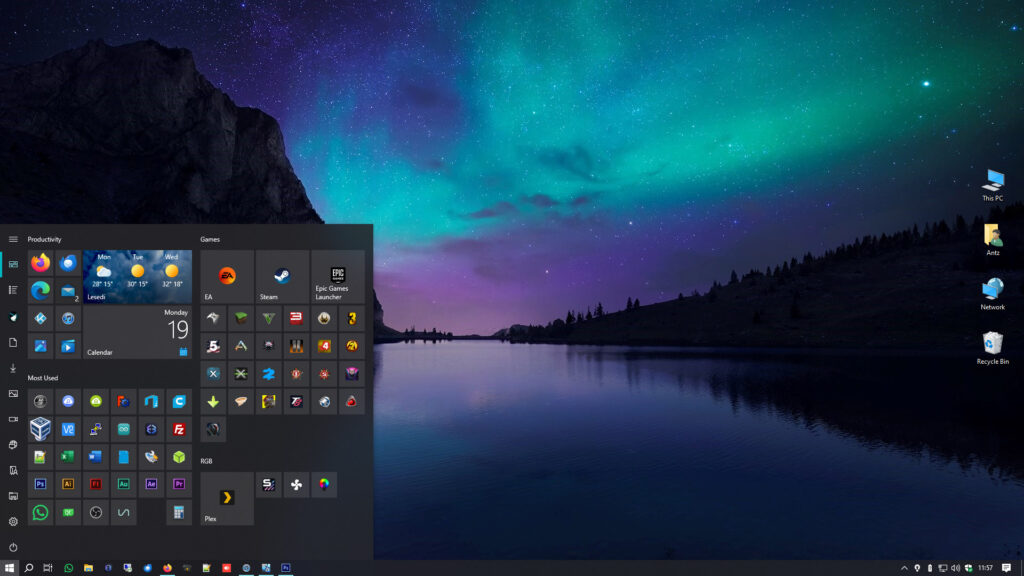
Windows 10 still offers a familiar user interface, robust security features, and compatibility with a wide range of software and hardware. Additionally, Windows 10 is less resource-intensive than Windows 11, making it suitable for older hardware configurations that may struggle with the newer operating system.
Linux Distributions:
Distributions, such as Ubuntu Linux Mint and a few others, offer lightweight, customizable, and open-source alternatives to Windows. Linux is known for its stability, security, and flexibility, making it an excellent choice for older hardware that may not be able to run newer versions of Windows efficiently.
Moreover Linux distributions come with a wide range of pre-installed software, including web browsers, office suites, multimedia players, and development tools. Additionally, the Linux community provides extensive documentation, support forums, and software repositories, making it easy to find solutions to any issues you may encounter.
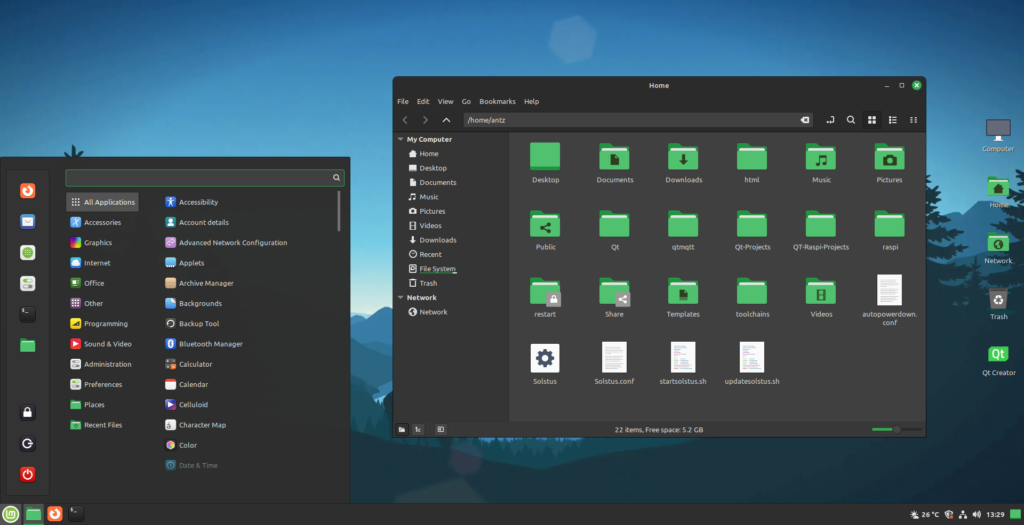
Have a look at our Top 10 things to know before switching to Linux if you are interested in giving Linux a go.
Googles Chrome OS
Finally Chrome OS, developed by Google, is a lightweight operating system designed primarily for web browsing, productivity, and multimedia consumption. Chrome OS runs on a variety of hardware, including older laptops and desktops, and offers a simple and intuitive user interface similar to that of the Chrome web browser.
Chrome OS comes pre-installed with Google’s suite of productivity apps, including Google Docs, Sheets, and Slides, as well as access to the vast library of web-based applications available through the Chrome Web Store. Additionally, Chrome OS provides built-in security features, such as automatic updates and sandboxing, to protect against malware and other threats.
In conclusion
While Windows 11 offers several enticing features and improvements over its predecessors, it’s essential to weigh the pros and cons carefully before deciding to upgrade.
From hardware and software compatibility concerns to privacy issues and potential stability issues, there are various factors to consider that may impact the suitability of Windows 11 for individual users and organizations alike. Ultimately, the decision to upgrade should be based on a thorough evaluation of your specific needs, requirements, and tolerance for potential drawbacks.


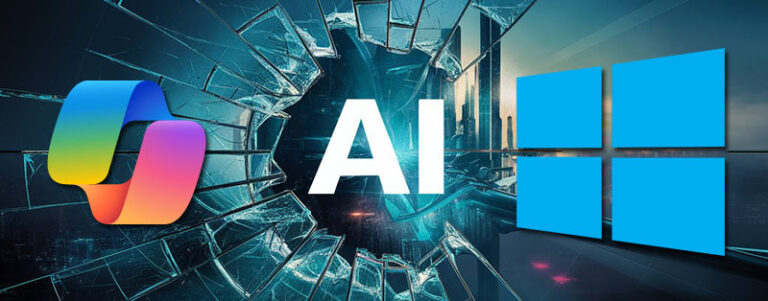
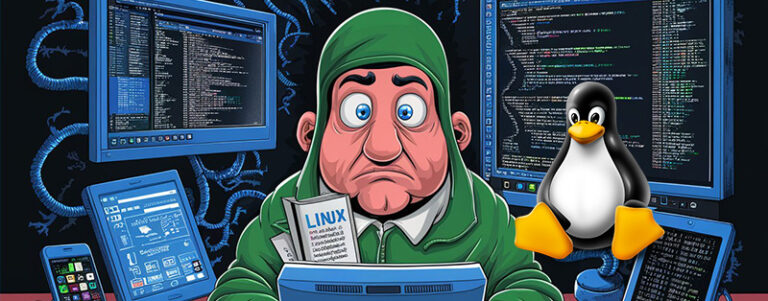
In an age where saving the planet seems to at least be a marketing strategy. Certainly Microsoft claims to be a green focused company. I do not think orphaning a lot of PC’s that cannot upgrade to Windows 11 is a sound green focused model. It’s rather a slap in the face for a PC with a 7th gen or older hardware to be excluded from an upgrade path. Many PC’s of this age certainly have more life left in them and realistically can run Windows 11 just fine. I know fro me, I am used to buying new hardware when I have to because my old hardware failed. Not because Microsoft decides I have to in order to run what is basically a refresh of Windows 10. I see many simply sticking with Windows 10 regardless of support in the foreseeable future until a need arises for hardware to be replaced.
That is my view point too. The E waste that this move will cause is irresponsible.
Pingback: Top 10 things to know before switching to Linux - Micro Fusion Insight
Pingback: Setting up a simple virtual machine to run Windows 11 - Micro Fusion Insight
Pingback: Repurpose Your Old PC: 10 New Uses - Micro Fusion Insight